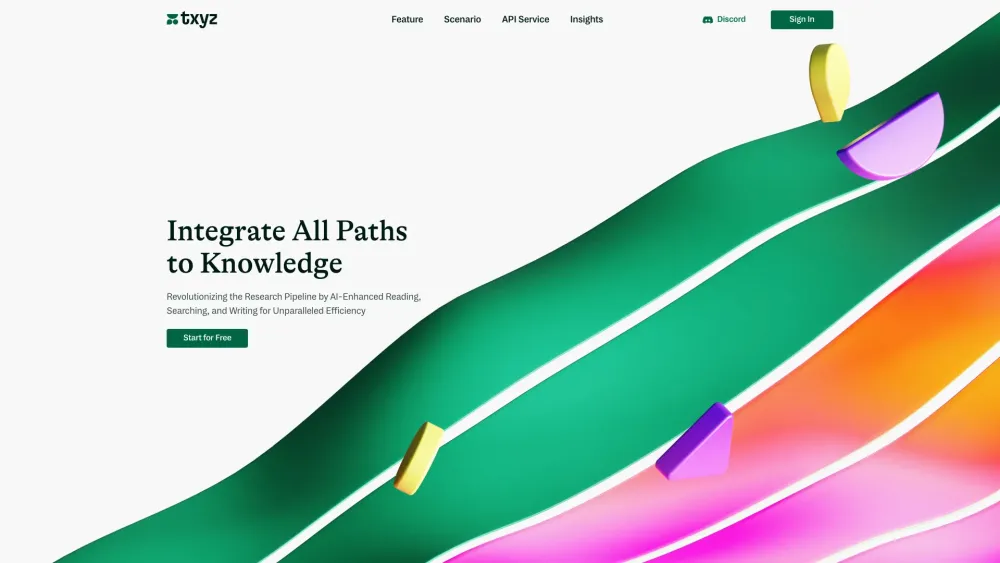Revolutionary AI Method Empowers Robots to Strategize in Complex Tasks
Most people like

TXYZ,an innovative platform,revolutionizing the Research Pipeline by AI-Enhanced Reading, Searching, and Writing for Unparalleled Efficiency

Glasp is an innovative social web highlighter designed to empower users in organizing and sharing their highlighted content seamlessly. By transforming the way you interact with online information, Glasp makes it easy to connect with others while managing your highlights effectively.

Elevate your product photography with insMind's AI-Generated Fashion Models. Select from a diverse range of AI models, featuring various genders, skin tones, hair colors, and body sizes. Transform your homemade photos into striking, lifelike model images with our intuitive face swap feature. Perfect for enhancing your brand's visual appeal!

In today's fast-paced world, staying on top of information can be a challenge, especially with lengthy PDF documents. With AI-powered PDF summarization tools, you can condense extensive texts into bite-sized summaries in just seconds. This technology not only saves you valuable time but also helps you quickly grasp essential points without sifting through pages of content. Discover the convenience of AI PDF summarization and enhance your productivity today.
Find AI tools in YBX
Related Articles
Refresh Articles
